On the Genealogy of a Bad Sauna - Part V
The Good Sauna and the Bad Sauna
Traditional smoke sauna in Kernavé, Lithuania, the source of some seriously good steam.
This is the fifth and final part in a five-part exploration of sauna pods, optimization culture, and the joys of bathing.
“The bath, I feel strongly, should be a place to escape from the depredations of the technological world, not revel in them.”
—Leonard Koren from Undesigning the Bath
Throughout this essay I’ve used the personal sauna pod as a convenient vessel for criticizing a particular approach to sweat bathing—one I find profane and utterly inimical to a “good” sauna experience. This is not to say that one should never utilize a sauna or cold plunge for health and self-improvement. Rather, it’s to point out the ontological disconnect between this type of activity and that of a traditional bathhouse, which is idleness. I also want to suggest that idle time should be defended from the intrusion of productivity culture, and that perhaps we should look on optimization in the bathhouse the same way one would look at working on a laptop from the pews of Sunday morning church.
As Byung-Chul Han puts it, “Rest is not a derivative of work… Rest is not merely recovery from work, nor is it a preparation for further work. Rather it transcends work, and it must in no way come into contact with work.” A space of public bathing, therefore, should be a space of disillusionment—one that breaks the spell of quotidian drudgery; where we remember ourselves, our relation to others, and our place in the universe—independent of production and performance.
I fear that much of the recent attention that sauna and bathhouse culture(s) have garnered in popular media largely misses this point, revealing a limited understanding of what public bathing spaces have represented for millennia. What’s worse, by redefining sauna in terms of productivity, this approach obscures an ancient cultural practice that just so happens to be well-suited to address many of today’s social crises: overproduction, narcissistic atomization, alienation, loneliness, and constant stress. Sauna-as-productivity will only exacerbate these problems.
Scene from the basement of the Detroit Schviitz—an especially good sauna.
So, what makes a good sauna?
A good sauna is not a means to an end, it is an end in itself. Idleness, waste, and frivolity are the point. One should not feel guilty lingering, or burning through time—time in a sauna exists to be squandered; energy to be joyfully destroyed. A proper bathhouse is a place of pure relaxation because relaxation is an activity worthy of a shrine.
For this reason, you won’t see many clocks at Bad Sauna. There’s no obvious way to keep time, to track progress, or to quantify existence. Nor is it a place dominated by the presence of machines. As the author Leonard Koren put it: “The bath, I feel strongly, should be a place to escape from the depredations of the technological world, not revel in them.”
I believe a good sauna ought to enlist the past and tradition as a source of inspiration. The name, “Bad Sauna,” isn’t just a convenient way to set the bar low for newcomers. It’s also a way of declaring association with the past: Bad Sauna (or “bath sauna” in Swedish and German) was named for a bathhouse that operated in Helsinki, Finland during the early 20th century. The past can be a rich ferment of ideas, a wellspring of thoughtful notions useful for navigating the chaos of the present moment and the unknown beyond.
Mariankadun sauna, Helsinki 1913
Photo: Signe Brander (1869-1942)
This is not to suggest that one should follow tradition as an article of faith. As Mark Fisher observed, “tradition counts for nothing when it is no longer contested and modified.” But tradition can also offer the bather an escape from their atomized self through a sense of historical context and ritual.
Lastly, a note on metaphors. Throughout this series we’ve encountered a number of metaphors that attempt to describe the human condition. Human beings have been variously described in terms of agricultural implements, as property (both belonging to others and self-sovereign), machines, and computers. While such metaphors elucidate some aspects of human experience, they obscure others, thus circumscribing experience and possibility. Comparing humans to tools is especially damaging in the context of idleness and relaxation, areas of life which fall outside the purview of tools. A good bathhouse, I believe, may be numinous and elude clear definition altogether. But at the very least, we are in need of new metaphors. As a starting point, it may be helpful to consider a hog relishing a great mud puddle or a turtle enjoying the perfect sun-baked rock.
Turtle enjoying sun, Allegheny Cemetery pond.




